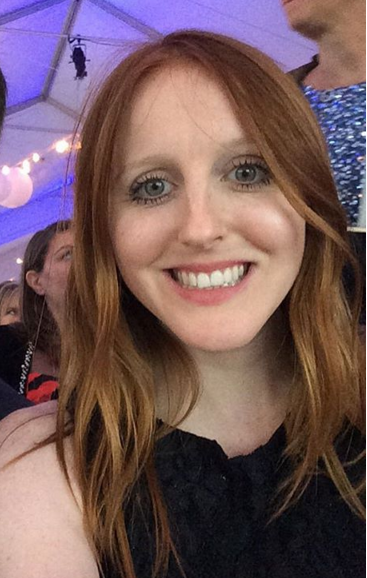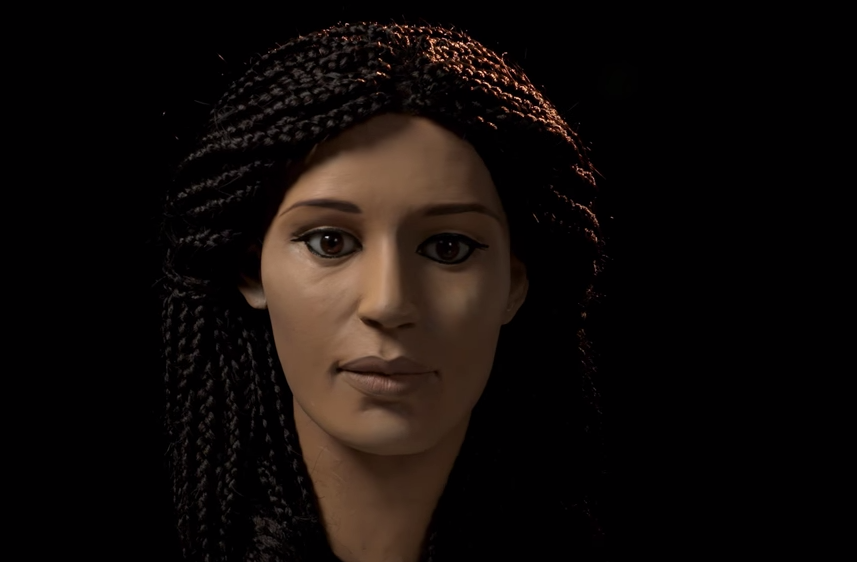Researchers Just Reconstructed The Face of a 2,000 Year Old Woman

By:
The University of Melbourne has taken scientific innovation to an impressive level by reconstructing the face of a 2,000 year-old Egyptian woman, whose mummified head has been in a basement at the institution of higher education for more than 90 years.
 University of Melbourne - youtube.com
University of Melbourne - youtube.com
The woman, who researchers named Meritamun, was alive roughly 2,000 years ago and appears to be 18-25 years of age in her current form. The University of Melbourne team created her using forensic science, (CT) scanning, 3D printing, art, Egyptology, and medical research.
The researchers aimed to learn what kind of life the woman lived and how she died, among other things, the Herald Sun reported.
Dr. Janet Davey, a forensic Egyptologist, said in a video for the University of Melbourne that the CT scan allowed researchers to inspect the woman's head for potential health problems. The CT scan revealed that she had severe abscesses around her teeth, which Dr. Davey said would have "caused her a lot of pain" and may have possibly impacted her health.
"With our multidisciplinary routine, we are discovering more and more about this young woman," Dr. Davey said. "This head has artificial eyes, [which] isn't uncommon for ancient Egyptian mummies, where the ancient embalmers attempted to make the person as much as they were in life as they were in death."
“The idea of the project is to take this relic and, in a sense, bring her back to life by using all the new technology,” says Dr. Varsha Pilbrow, a biological anthropologist and anatomy instructor at the University of Melbourne, said in a release. “This way she can become much more than a fascinating object to be put on display. Through her, students will be able to learn how to diagnose pathology marked on our anatomy, and learn how whole population groups can be affected by the environments in which they live.”
Meritamun is currently at the Harry Brookes Allen Museum of Anatomy and Pathology and wrapped in bandages for protection.
“Her face is kept upright because it is more respectful that way,” curator Dr. Ryan Jefferies said in the University of Melbourne release. "She was once a living person, just like all the human specimens we have preserved here, and we can’t forget that.”
